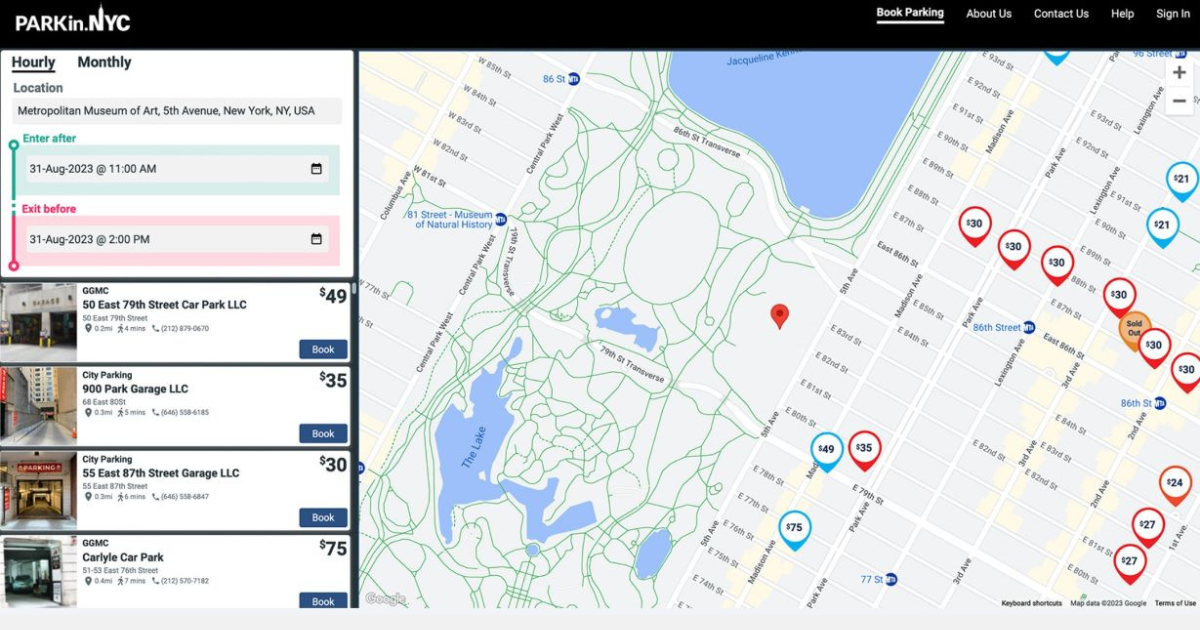Finding AIís ROI in Real Estate

AI has reached the point where it offers tangible, positive ROI for commercial real estate. The key asset in this equation is data. As companies amass valuable data sets and engage more with third-party systems, the imperative for leaders is to protect this data.
Generative AI: A New Frontier
Predictive AI - machine and deep learning - has been a commercial tool for fifteen years. McKinsey highlights that real estate organizations harnessing machine learning have enhanced their Net Operating Income (NOI) by up to 10%. These AI applications range from property valuation forecasts to aiding purchase and leasing decisions, to energy optimization for operational efficiency.
Predictive AI demands specialized knowledge. But GenAI is accessible to everyone. Large Language Models (LLMs) Ė also called Foundation Models (FMs) Ė starting with ChatGPT, have already transformed search plus coding, marketing content creation, and document summarization.
GenAI in Real Estate: Use Cases
Now, despite traditionally slow IT adoption, real estate professionals are actively exploring GenAI vertical use cases. Realcomm and others have generated long lists of opportunities to consider.
Near-Term Focus
Most early adopters are focusing on use cases that deliver immediate ROI, such as:
- Operational efficiency. AI streamlines processes like lease, compliance, and regulatory document analysis, reducing manual workload and enhancing decision-making.
- Enhanced customer engagement. Advanced AI-driven chatbots streamline and summarize tenant communications, improving satisfaction and retention.
- Building security and compliance. This is especially important given the data breach reporting requirements. AI can help monitor networks for unusual activity, and GenAI can filter out routine and false alarms to help prevent, contain, and report actual cyber attacks.
GenAIís Longer-Term Transformation
AI's transformative longer-term potential spans all real estate business functions from sales to operations and HR as leaders like EY are advising.
However, real estate executives need to consider what is within reach for their organization. Reengineering operations to benefit from AI may require costly integration with existing systems using expertise from external vendors.
Given the business conditions in real estate, any investment in AI technology must present a clear ROI, which is more difficult to establish for new and custom use cases.
The 2x2 Pilot Approach
A smart strategy for balancing near-term and longer-term investments is a '2x2' approach. This focuses on two immediate and two long-term AI applications. Multiple rounds of near-term pilots can build momentum and skill while exploring the transformative potential of the two longer-term projects.
Data is Gold Ė Handle with Care
For AI, proprietary data fuels the whole operation. In real estate, this includes extremely valuable property and OT, tenant, financial and operational, and environmental and sustainability data.
Each organization needs to plan how they are going to make sure they handle their data securely and efficiently.
Keeping Your Data Private
Before pointing any third-party AI model at a proprietary data set, an organization needs to adopt one of the mainstream approaches to ensure that their data does not become part of what the model learns and then uses to answer somebody elseís questions.
OpenAI, Azure, Anthropic, AWS, and others offer enterprise editions that commit to keeping your data private and not using your data as training data.
GenAI and Data Summarization
The challenge lies in effectively integrating these varied data sets. This process traditionally requires technology and expertise in data engineering to ensure data compatibility, reliability, and usability and demands meticulous data cleaning, normalization, integration, and efficient management and storage solutions.
GenAIís Transformative Data Aggregation Capability
Fortunately, AI is also highly capable of doing data aggregation tasks. LLMs excel at synthesizing - processing large volumes of unstructured data - and summarizing complex documents. GenAI tools, equipped with advanced LLMs, can quickly digest and summarize lengthy legal documents, contracts, or compliance documents.
Direct Data Loading
An emerging option is to skip the step of carefully organizing and curating data warehouses and instead directly load structured and unstructured data into an AI model. Then the AI model can explore the data relationships in dialog with the users. A recent example of making this easier to do was AWS's announcement of ďQĒ on November 29.
Direct data loading offers:
- Efficiency that saves time and allows for immediate use of raw data.
- Comprehensive data utilization enables the use of all available data, avoiding the potential loss of valuable insights due to pre-filtering.
- Exploratory analysis allows for diverse data queries, potentially uncovering unique insights.
- Dynamic data handling means that as new data streams in, you can just add it on.
However, this method also brings challenges:
- Data quality concerns that some data may contain errors or irrelevant information, leading to inaccurate conclusions.
- Resource intensity where large volumes of raw data can strain computational resources.
- Potential for bias because without normalization, biases in raw data can perpetuate into AI outputs.
A balanced approach is a hybrid model where you curate critical datasets such as financial results, while allowing GenAI to explore broader, raw datasets such as customer feedback.
Securing Your Infrastructure
Even when using an enterprise-edition AI model from a trusted cloud provider, companies must remember to prioritize cybersecurity on their end of the operation.
Whether the data is aggregated in a warehouse or not, using data for AI means more employees and potentially more third parties are accessing, handling, transmitting, and generating valuable information.
This further raises the bar for cybersecurity. Best practice recommendations should cover these areas:
- Develop a comprehensive cybersecurity strategy, including encryption, access control, threat monitoring, and regular software updates.
- Assess and manage the data security practices of partners and service providers, and clearly define responsibilities for and ownership of input data and resulting information output.
- Continuously educate staff on best practices for data security, social engineering attacks, and incident reporting.
- Upgrade to cloud-managed OT systems with advanced security measures.
Conclusion
While AI offers vast potential for real estate operations, successful implementation hinges on both selecting a portfolio of initiatives that can build a pattern of success as well as ensuring robust data protection strategies.
Explore how AI can transform your real estate operations with immediate ROI, such as predictive analytics for tenant turnover, at smartbuildcloud.view.com.
This Week’s Sponsor
View is the leader in smart building platforms and smart windows that transform buildings to improve human health and experience, reduce energy consumption and carbon emissions, and generate additional revenue for building owners. View is installed and designed into 49 million square feet and Smart Building Cloud operates in over 650 buildings. Visit smartbuildingcloud.view.com and www.view.com.
Read Next
 3/27/2025
3/27/2025
The Convergence of Edge Computing, Cloud, and AI in Building Automation and Smart Buildings In the built environment, we have seen the convergence of Operational Technology (OT) and Information Technology (IT), later expanding to include Workplace Technologies (WP).
 3/27/2025
3/27/2025
DC Power: A Holistic Approach to Energy Savings in Commercial Buildings In today's energy-conscious world, businesses constantly seek ways to reduce their carbon footprint and operational costs.
 3/13/2025
3/13/2025
How to Achieve Eco-Friendly Facility Management Commercial real estate operators and facility managers are focusing on sustainable practices to minimize environmental impact, create healthier workplaces, improve productivity and lower operational costs.
 1/23/2025
1/23/2025
When It Comes To Managing Propertiesí Parking, Technology Is Key Itís easy for developers and real estate owners to think of parking as a necessary evil. They know they have to provide it (often, because itís mandated by code), they understand that prospective tenants and buyers expect to be provided parking, but they havenít figured out how to maximize its value.






.gif)




